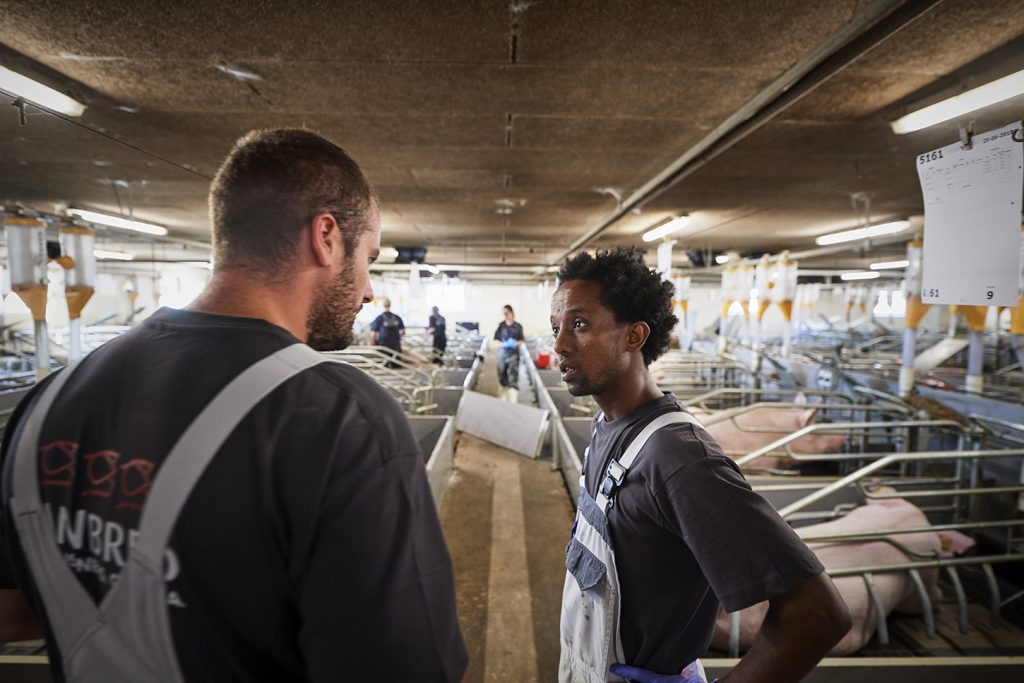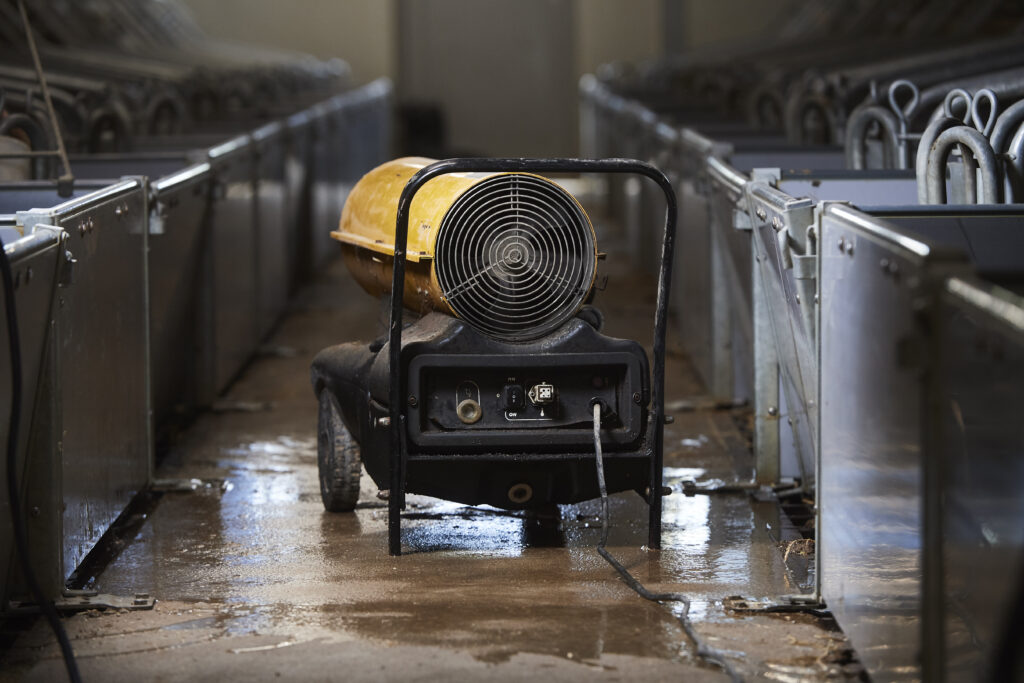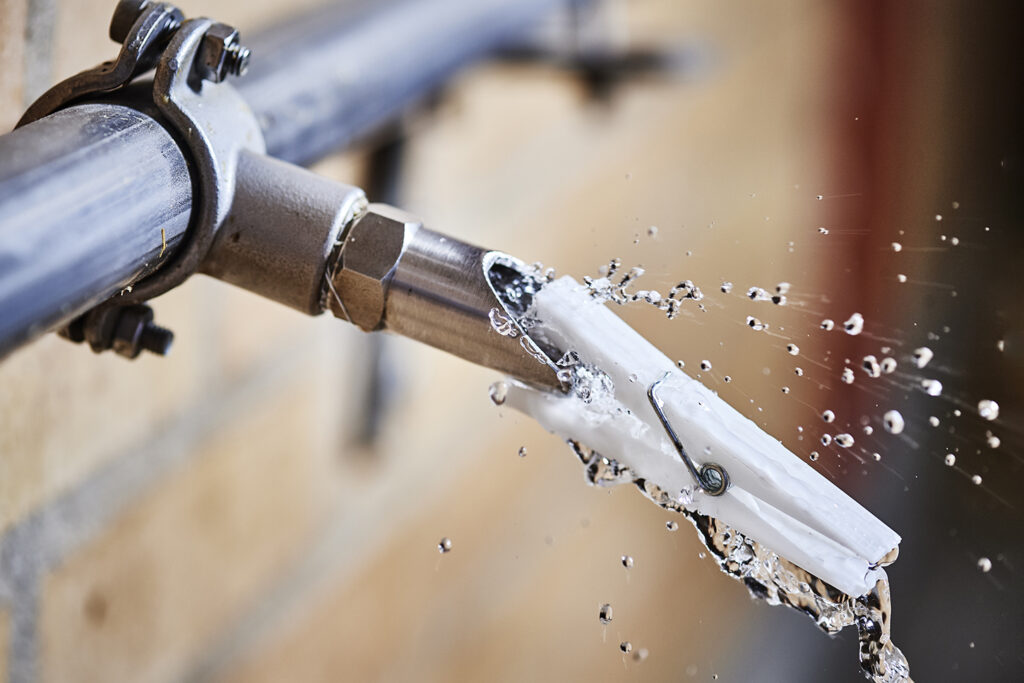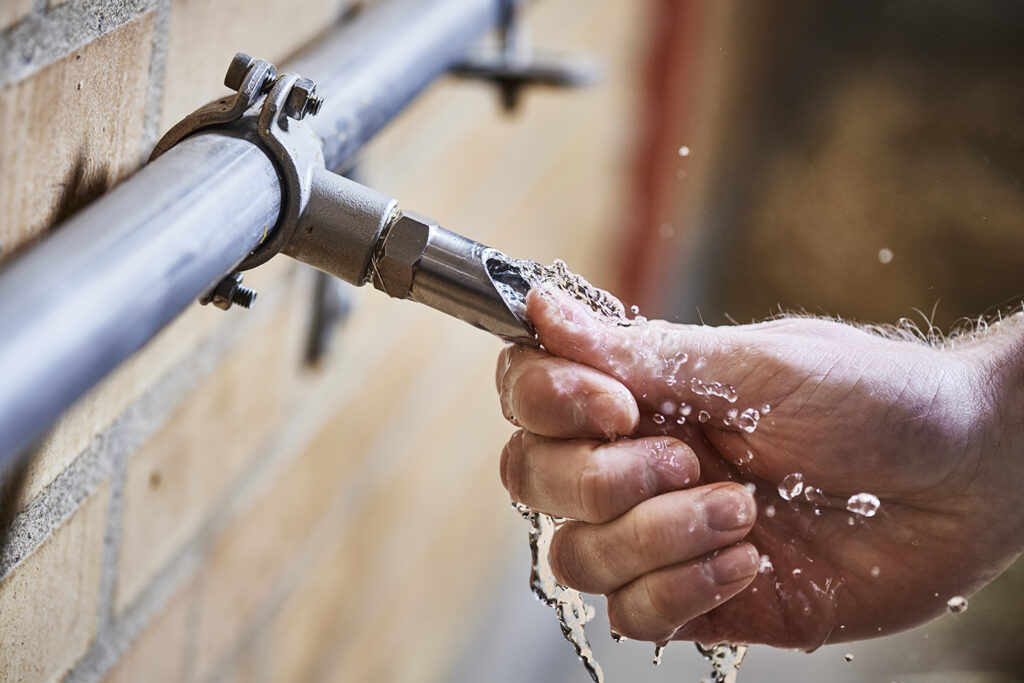Quarantine facilities
When you buy breeding animals, we recommend placing the new animals in an external quarantine facility for at least eight weeks before adding them to an existing herd there are two main reasons for this. Firstly, the quarantine period gives you the chance to detect any unwanted diseases. Secondly, you have time to administer all the proper vaccinations before introducing the new breeding animals into the herd.
The existing herd should have no direct contact with the quarantine facility, which must be placed well away from the other units. The quarantine period lays the foundation for ensuring that the new breeding animals have a long, productive life, so it is important to make sure the unit is well managed and the animals get all the attention they need.
|
|
|
With good housing, feeding and management, the gilt’s gastric health, weight, backfat and leg condition will all be optimal when the time comes for her first mating. These factors have a huge influence on the longevity of each sow and its ability to rear many large, viable litters.
Preparation of the quarantine unit – cleaning procedure
Before the gilts arrive, make sure the quarantine unit has been washed, disinfected and dried out. This is essential for the health of the new gilts and it reduces the risk of diseases developing and spreading.
- Make sure the slurry pits are empty.
- Soak all surfaces, including walls, floors and fixed equipment. Let them soak for 12 to 24 hours.
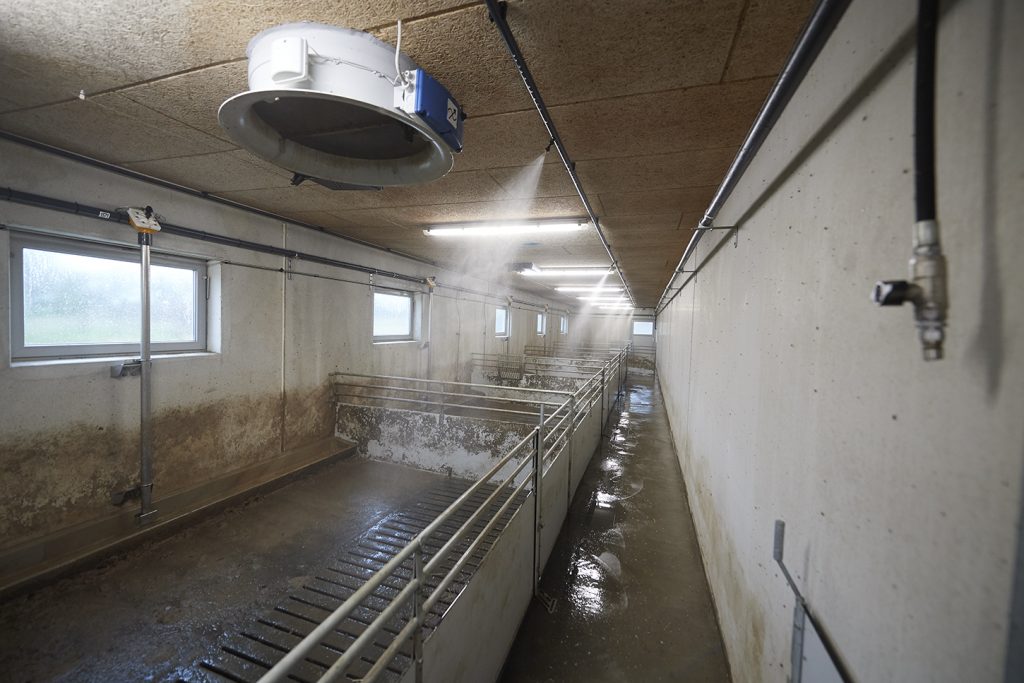
- High-pressure wash all surfaces with clean water, making sure everything is visibly clean.
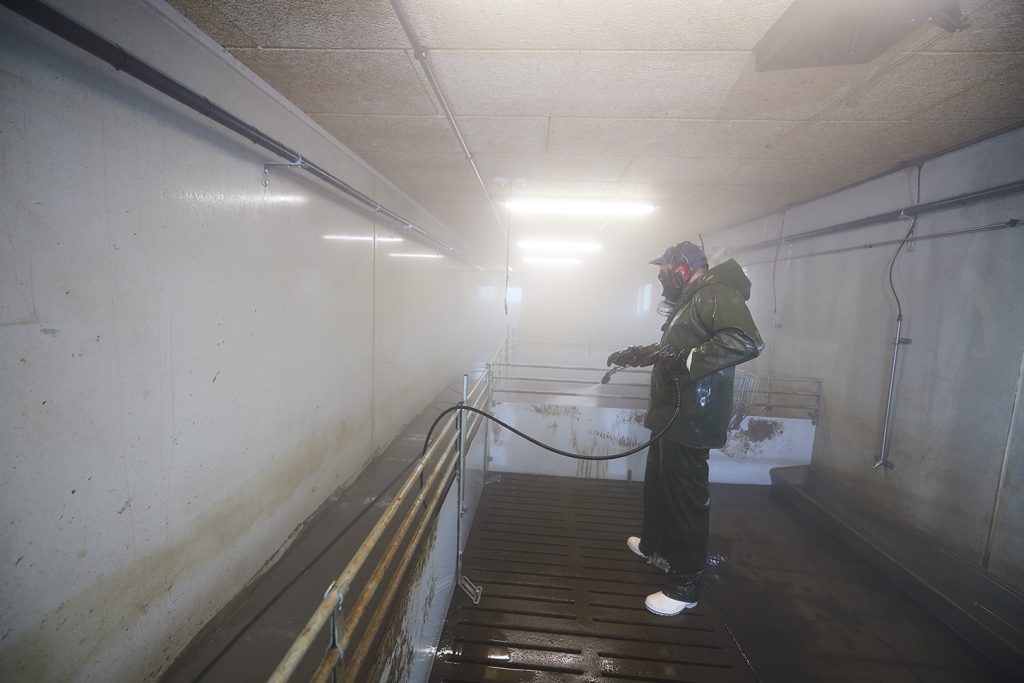
- Wash all surfaces with soap on the same day as high-pressure washing with water
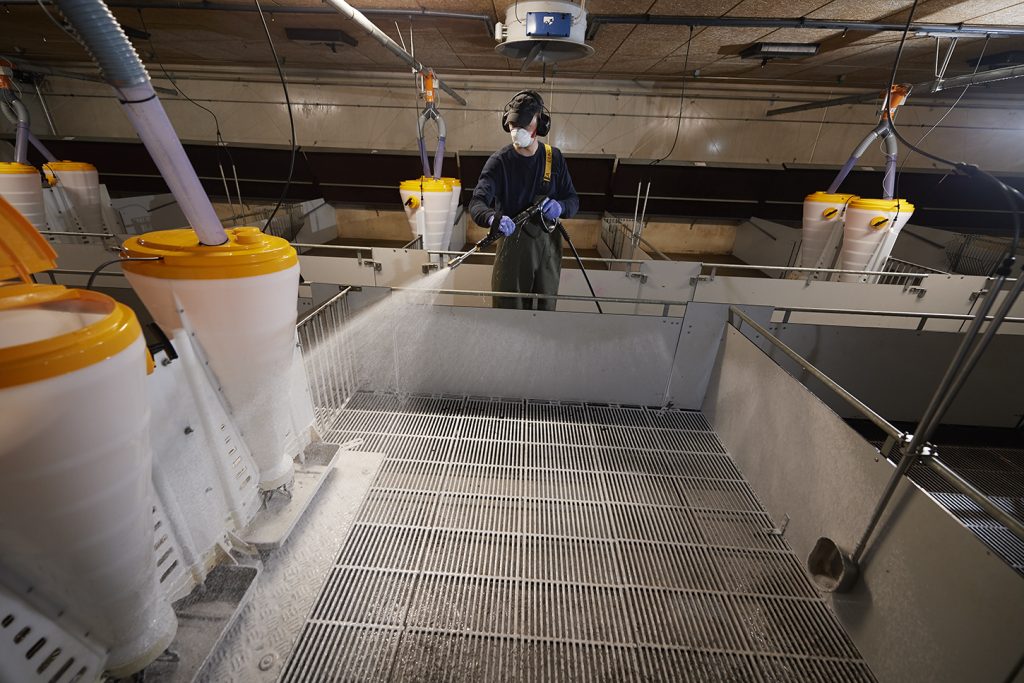
- Rinse everything with low-pressure water on the same day as washing it with soap
- Disinfect all surfaces on the same day as the rinse
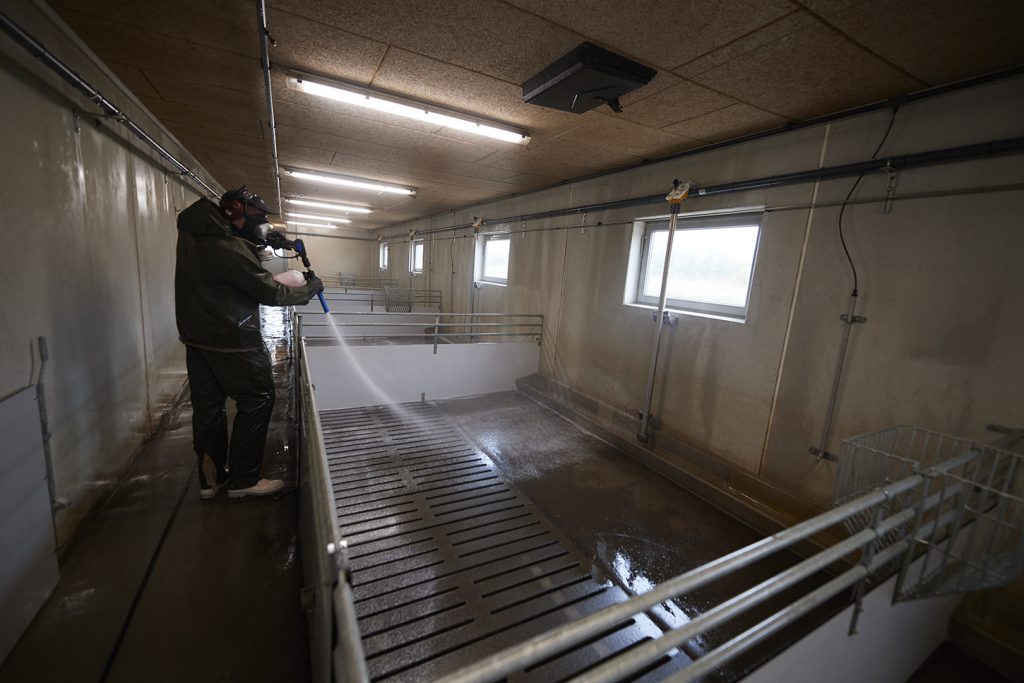
- All surfaces and areas must be dry before the new animals arrive. The ambient temperature should be at least 20°C when they arrive, so you might also have to heat the quarantine unit.
|
|
|
- Now the quarantine unit is ready for the new breeding animals to arrive
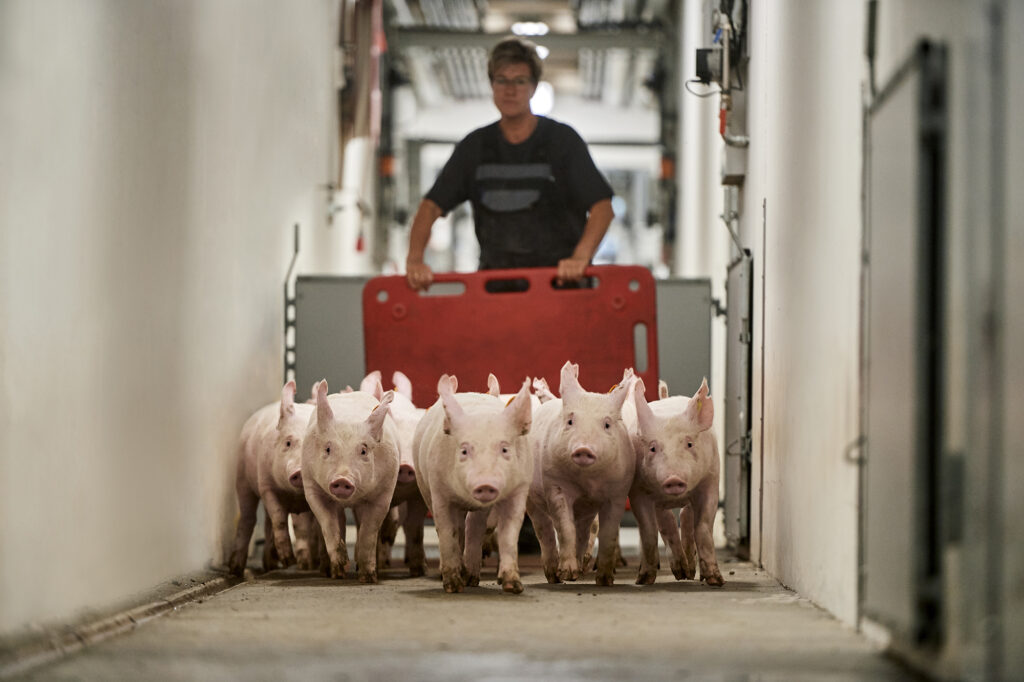 |
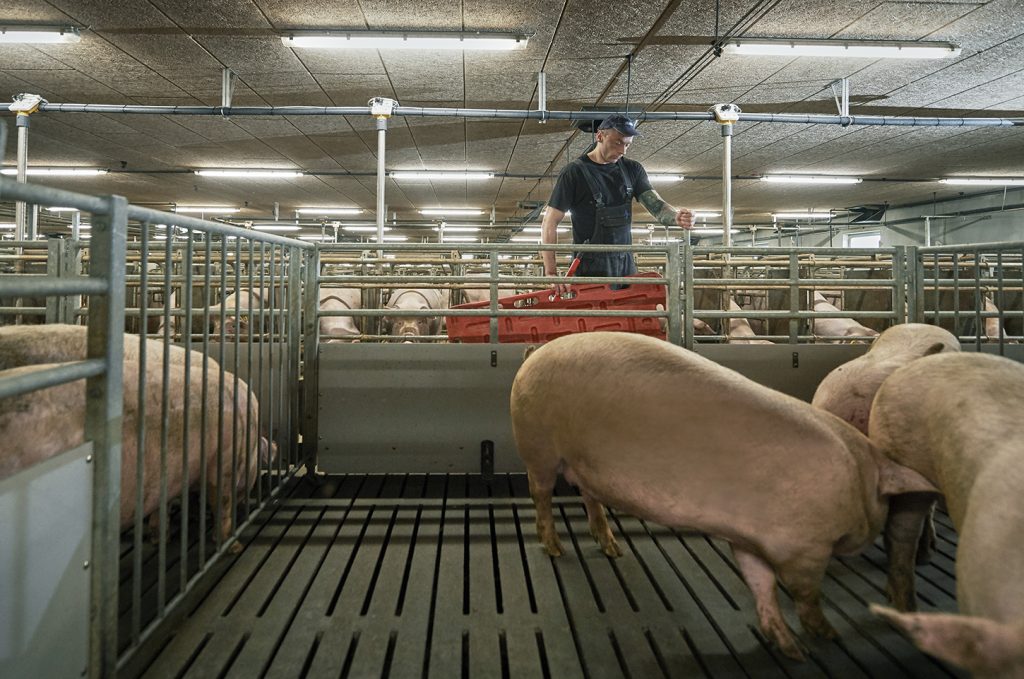 |
When the gilts are moved into the quarantine unit, it can be easier to move them one pen at a time
Disinfection of the water system
It is extremely important to disinfect the water system, to remove any biofilm from the water pipes, as biofilm could be teeming with infectious bacteria.
- Empty and rinse the water system twice with an approved disinfectant and at least once with clean water
- Carry out the first rinse after washing the surface of the water nipples or drinkers
- Complete the second rinse the day before the animals arrive – and not before
- Let the cleaning product soak in for about 5 hours
- Make sure the water system is rinsed with clean water at least once before the animals arrive
|
|
|
Arrival – penning and quality control
It is important to make sure the new animals get off to a good start.
- Check the delivery notes thoroughly, so you are sure the animals delivered match your order
|
|
|
- Check which vaccinations have been administered from the supplier
- Make sure you keep gilts of the same age together, and gilts from the same supplier together
- Make sure all the animals have access to fresh water and feed as soon as they arrive
- Check all animals for signs of disease or defects every day
Recommended temperature in the quarantine unit: 15-20°C
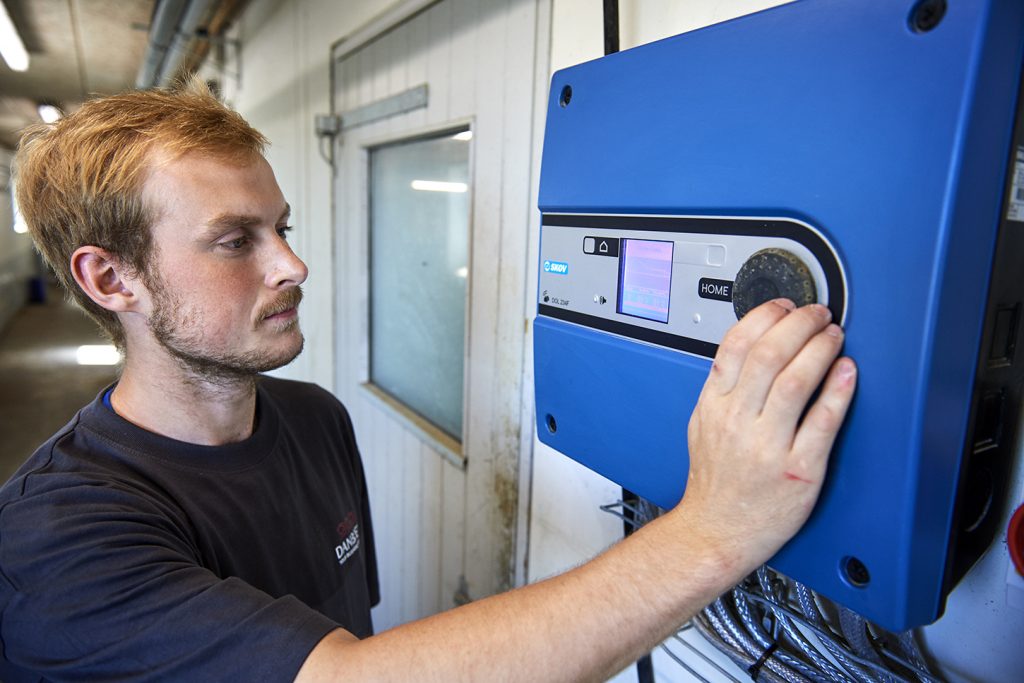
Recommended area per animal:
| Weight | Recommended area per animal | Area per animal according to Danish legislation |
|---|---|---|
| 50 – 85 kg | 0,75 – 1,00 m² per animal | 0,55 m² per animal |
| 85 – 110 kg | 0,75 – 1,00 m² per animal | 0,65 m² per animal |
| 110 – kg | 1,50 – 1,90 m² per animal | 1,00 m² per animal |
Everyday tasks during the quarantine period
The new breeding animals are the future of the herd, so the conditions in the quarantine unit need to be your top priority. Make sure you allocate experienced, qualified staff, to take care of the quarantine unit, however, do not let anyone who has been in the quarantine unit enter any of the existing production herds.
Ongoing tasks
- Inspect all animals at least once a day, looking for any signs of disease

- Once a week check how much the gilts in each age group have grown
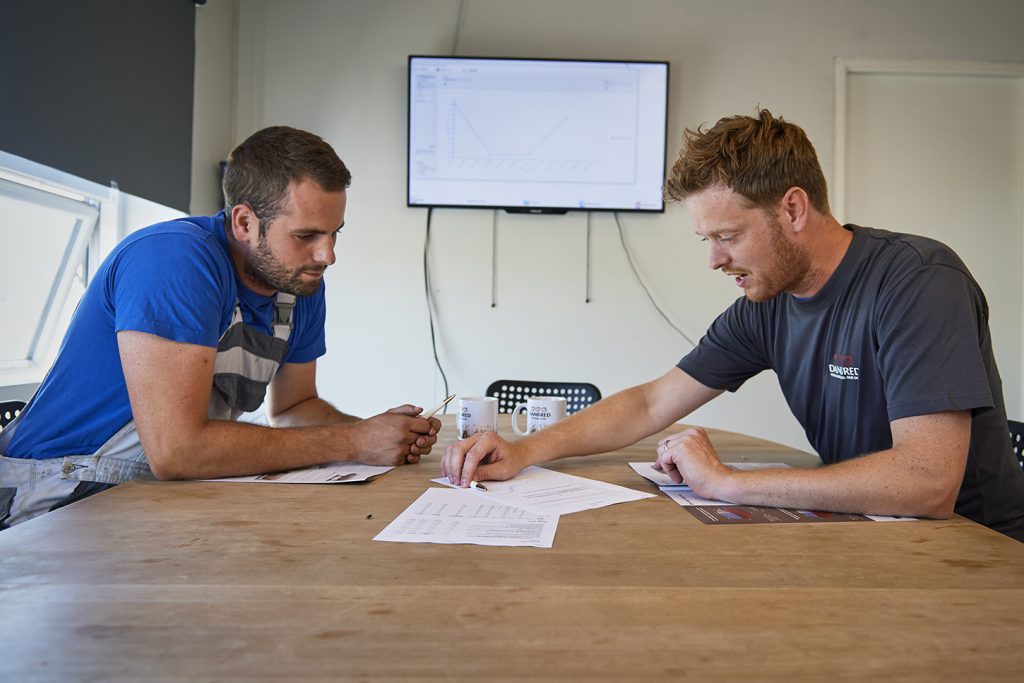 |
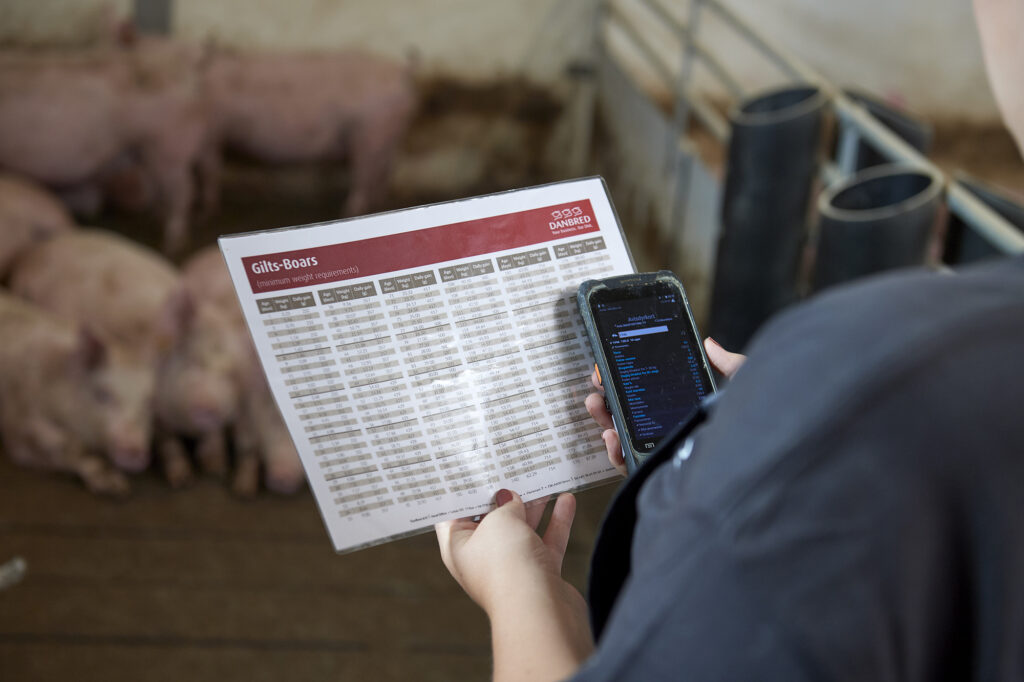 |
- In consultation with the herd veterinarian, plan a vaccination and immunisation schedule according to the animals’ age. Be aware of vaccinations which were already given before delivery
- Plan blood sampling to match the health in the quarantine with the existing herd
When checking the animals we recommend always going into each pen. This way the animals will get used to human contact, which will make daily handling of the sows and boars easier when they are introduced to the production facilities.
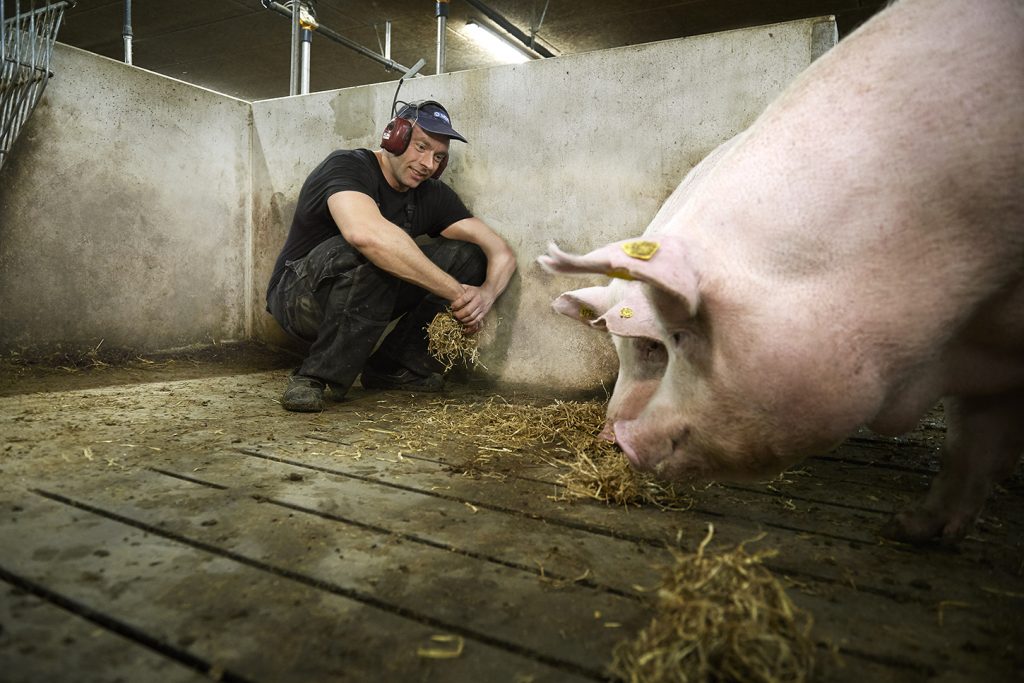
Vaccination programme
This vaccination strategy is a guideline based on a Danish setup.
You should always work on your vaccination strategy with the expert guidance of your herd veterinarian.
| Vaccine | 1st vaccination | 2nd vaccination | Revaccination | Comment |
|---|---|---|---|---|
| Glässer’s disease | 5½ months | 3 weeks after 1st vaccination | 2-4 weeks prior to farrowing. | Vaccination is given prior to delivery: 2 vaccinations 3 weeks apart. Vaccinations should be finished 2 weeks before delivery. |
| Porcine Parvo Virus – PPV | 5½ months | 3 weeks after 1st vaccination | At weaning. | |
| Erysipelas | 5½ months | 3 weeks after 1st vaccination | 3 weeks prior to farrowing. | Consider to give your youngest animals a boost during the quarantine period. |
| Porcine circovirus type 2 – PCV2 | 5½ months | 3 weeks after 1st vaccination | 2-3 weeks prior to farrowing. | |
| Influenza | 5½ month | 3 weeks after 1st vaccination | It is important to know which strain you have in the herd, frequent testing should be performed to ensure an efficient vaccination protocol. | |
| Clostridial Diarrhoea A+C and E.coli | 6 weeks prior to first farrowing | 2 weeks prior to first farrowing | 2 weeks prior to farrowing | |
| Mycoplasma | On entry to quarantine | 2 weeks after 1st vaccination | Can be given as a one-shot, depending on the type of vaccine. | |
| PRRS US or PRRS EU* | On entry into quarantine | 3 weeks after 1st vaccination | This vaccination assumes that an inactivated/killed vaccine is used. | |
| Rhinitis (atrophic) | On entry into quarantine | 3 weeks after 1st vaccination | 3 weeks prior to farrowing. | |
| Actinobacillus Pleuropneumonia – App | On entry into quarantine | 3 weeks after 1st vaccination | ||
| * If you use activated/live PRRS vaccines, you should administer the vaccination once at the beginning of the animals’ quarantine period. The use of live vaccines should be followed by a quarantine period of at least 12 weeks. | ||||
Feeding
Phase feeding of DanBred gilts will secure good longevity and lifetime productivity.
We recommend using the feed curve shown below from 30 kg until first mating. The amount of digestible lysine is particularly important to control lean growth. Using restricted phase feeding with three different diets from 30 kg until service is highly recommended.
It is important that the gilts do not grow too fast, results from Danish DanBred gilts have shown that a daily growth of around 900 g/day from 30 kg to 150kg leads to the best results in terms of long-term reproduction and productivity. Gilts in quarantine should follow the same feed curve as gilts in the gilt unit.

* Recommended feeding curve for gilts. Feed allowance is shown in kg.
See more details on feeding DanBred gilts here.

